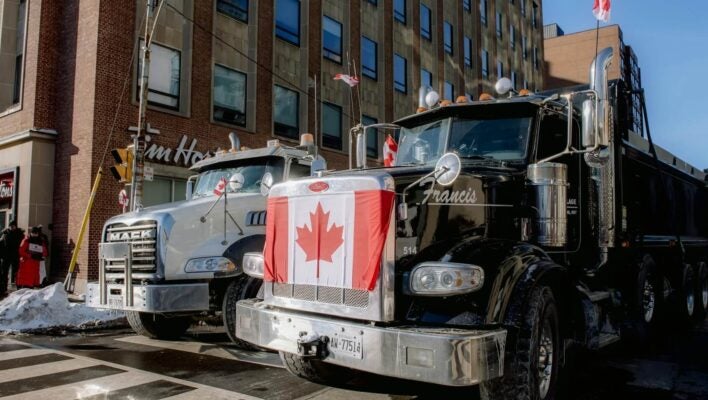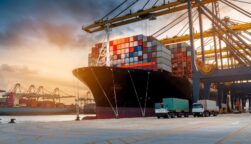Canada has decided to loosen its counter-tariffs, giving a reprieve to US automakers.
There’s a catch, though: They’ll have to keep their Canadian production plants up and running.
It’s good news for some big US automakers that already wanted to retain their current plants, and it’s bad news for the Trump administration’s goal of encouraging fully US-based production.
Why the Counter-Tariffs Are Evolving
What’s behind the new decision? It’s aimed at stopping the results that the new US tariffs are aiming for, which is a shift of production entirely into the US across all industries.
Since Canada is the US’s biggest trade partner, it makes sense for automakers to keep their plants running within the country. Now, they have some tax breaks to help them stay open.
 This just in! View
This just in! View
the top business tech deals for 2025 👨💻
Canada is also issuing a separate exemption for certain US goods, including materials related to manufacturing, processing, public health, or food packaging. These particular tariff exemptions are only set to last for six months before the new 25% Canadian tariffs are back in full force.
Once they’re back in effect, the 25% tariffs will amount to US products worth a total of $43.3 billion, without counting the additional auto manufacturing tariffs.
General Motors and Stellantis Avoid Some Tariffs
General Motors Co. and Stellantis NV are set to benefit, both of which operate assembly plants in Ontario, according to a Bloomberg report.
Since they also ship many of their US cars to Canada, they’d be stuck paying Canada a hefty tariff in addition to the new tariffs they’ll pay the US whenever they ship Canada-made cars back to the US.
Now, they’ll have more wiggle room — even if they still have new, steep US taxes to pay.
US Cargo Volume Set for “Cliff Event” in May or June
While the latest tariffs and counter-tariffs are making headlines, it’s worth taking a little time to glean some general information about the future of shipping in the US. In short, it’s set to fall off a cliff, likely in May but possibly as late as June.
Thanks to cargo frontloading, China-US shipments were way up in March. That’s set to change fast, however. The most informed prediction comes from the latest issue of ITS Logistics’ Port Rail Ramp Index. Citing a steep country-wide decline in new freight orders, the index says cargo operators can expect to see a “cliff event similar to the impacts felt during the immediate COVID response.”
The ripple effects are already being anticipated this month by truckers a little farther down the supply chain: In April this year, scheduled bookings for truck delivery or pick-up have fallen 41% from the previous month, which marks a 35% drop from April 2024, according to the Lodestar.




